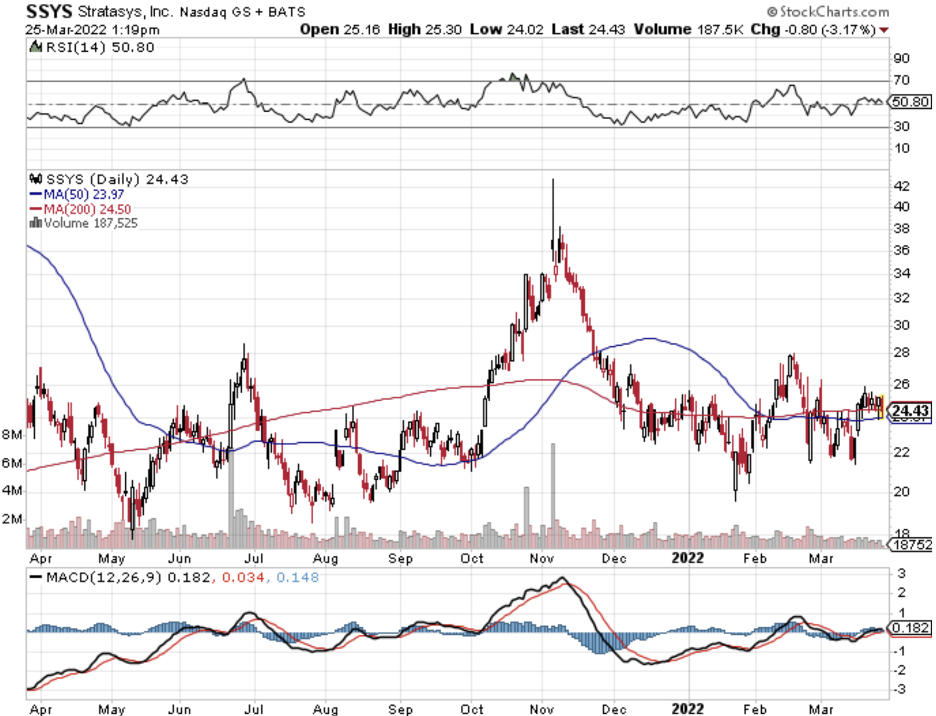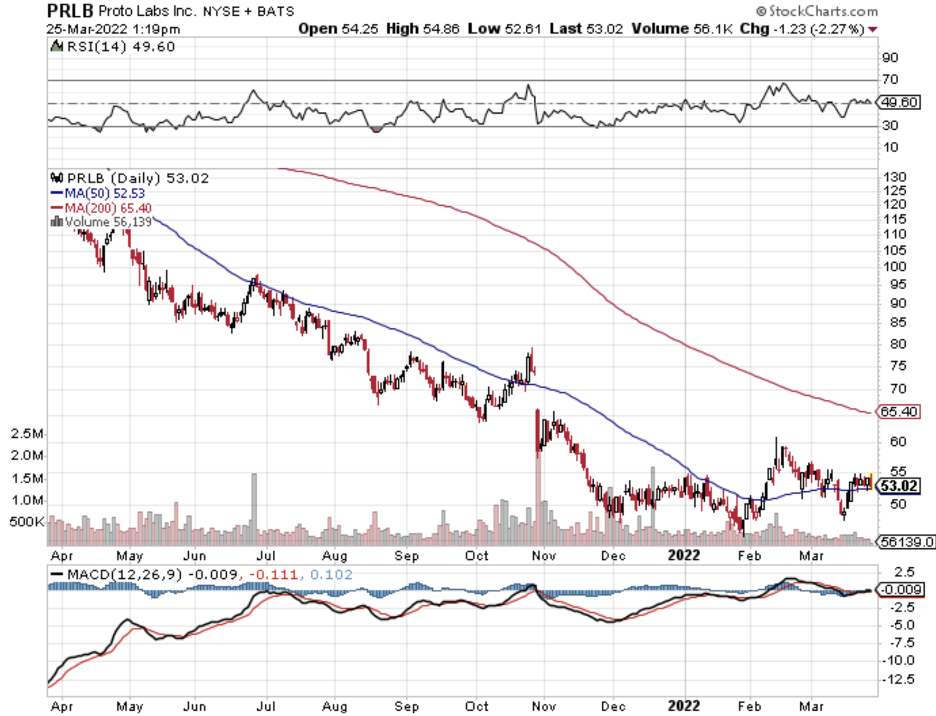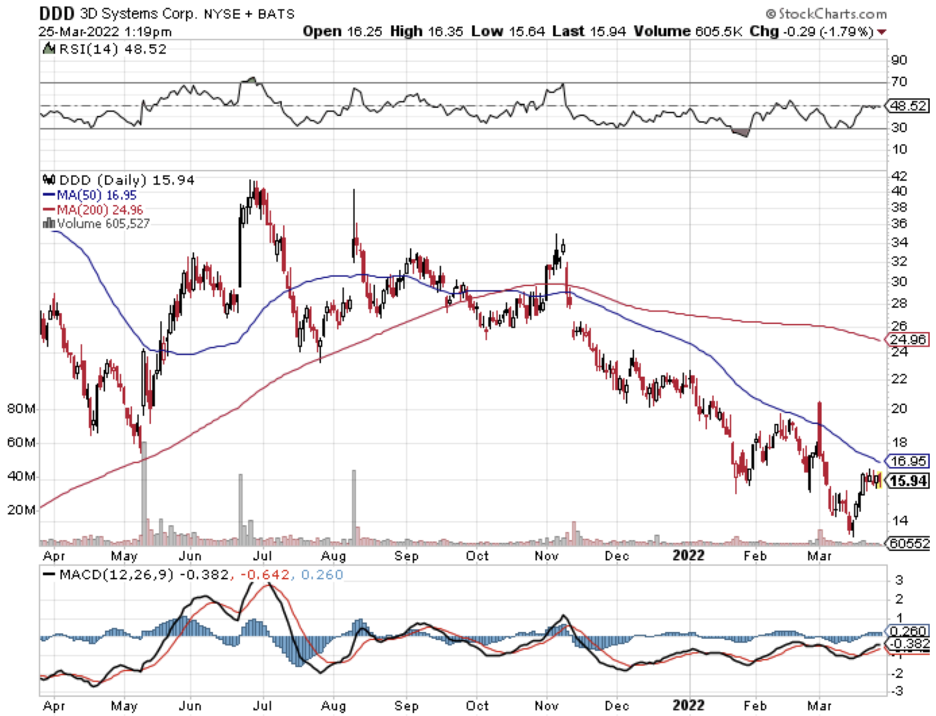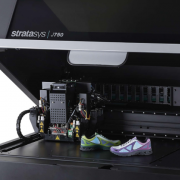Avoid 3D printing stocks.
It’s not because I hate these companies, but when I delve beneath the surface of these business models, they just aren’t good enough.
3D printing is a great phenomenon, but so was the digital handheld pet Tamagotchi invented by Japanese company Bandai in 1996.
Tamagotchis only went so far, and so will 3D printing.
Take for instance, in just a decade, 3D-printed guns have come a long way from a fully functional 3D-printable semiautomatic pistol carbine entirely printed at home to what now appears to be a rocket launcher-like device.
Does that mean that the U.S. military will start manufacturing Blackhawk helicopters and industrial-grade surface-to-air missile weapons on a 3D printer?
Hell no.
The fact is that for the crème of the crop products, the ones that bring in the revenue that make your eyes big, manufacturers aren’t going to choose a 3D printer to make these products.
If 3D printing isn’t used for these premium products, it means that building an accelerated revenue model will be almost impossible.
Take for instance automobiles, they aren’t a subscription-based business, but car companies scale globally and to all parts of the globe.
I can’t think of one country that doesn’t need cars as a main input in their domestic economy apart from possibly Papa New Guinea.
A classic car dealership might have a 3D printer to replace a few cosmetic parts and if the parts squeak, it's either that part or nothing as there are no more spare parts.
For high quality German cars, drivers would need to wait for the specific part from the specific supplier.
Car manufacturers have high standards, car parts have specific requirements concerning strength, fatigue, heat, fire, color, finish level, recycling, the classic parts are rather cheap to make for cars that sell in high volume, car parts are in general not designed to make with a 3D printer.
Good luck if you’re waiting around for an entire car to be printed, because it will probably never happen.
Most parts in cars need to be strong, lightweight, heat resistant, have a fine finish.
They are often quite big it would be unfeasible to have a 3D printer the size of a 500 sq foot room.
3D printers that size also scale poorly.
With all this being said, let’s take a peak at the financials.
One of the top 3D printing companies Stratasys Ltd. (SSYS) achieved $663 million of annual revenue in 2018 and fast forward to 2021, they decelerated to $607 million.
Not only is revenue decelerating, but they don’t turn a profit.
SSYS lost $62 million in 2021 and they have lost money for the past 4 years.
Let’s find another example in 3D Systems Corporation (DDD) headquartered in Rock Hill, South Carolina.
In 2018, they achieved $691 million of annual revenue and continued to decelerate and earn $615 million in revenue in 2021.
Essentially, some of the largest 3D printing stocks have topped out at a sub-$700 million per year clip and are going in the opposite direction.
Loss-making and revenue deceleration are the two characteristics that investors hate most.
One of the only 3D printing companies to grow revenue in the past 4 years was Proto Labs, Inc. (PRLB).
In 2018, PRLB achieved annual revenue of $445 million and surged ahead to make $488 million in revenue in 2021.
These growth numbers are paltry relative to any other tech sub-sector.
In short, these companies have little access to big revenue-making opportunities, and lucrative industries don’t view them as high quality enough to mass produce anything of real value.
Decelerating revenue, decelerating EPS, and unprofitability are all deal breakers.
Avoid 3D printing stocks like the plague.





